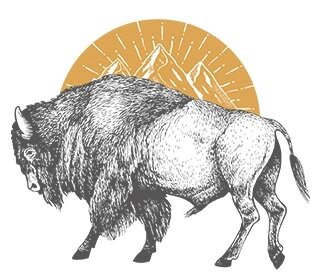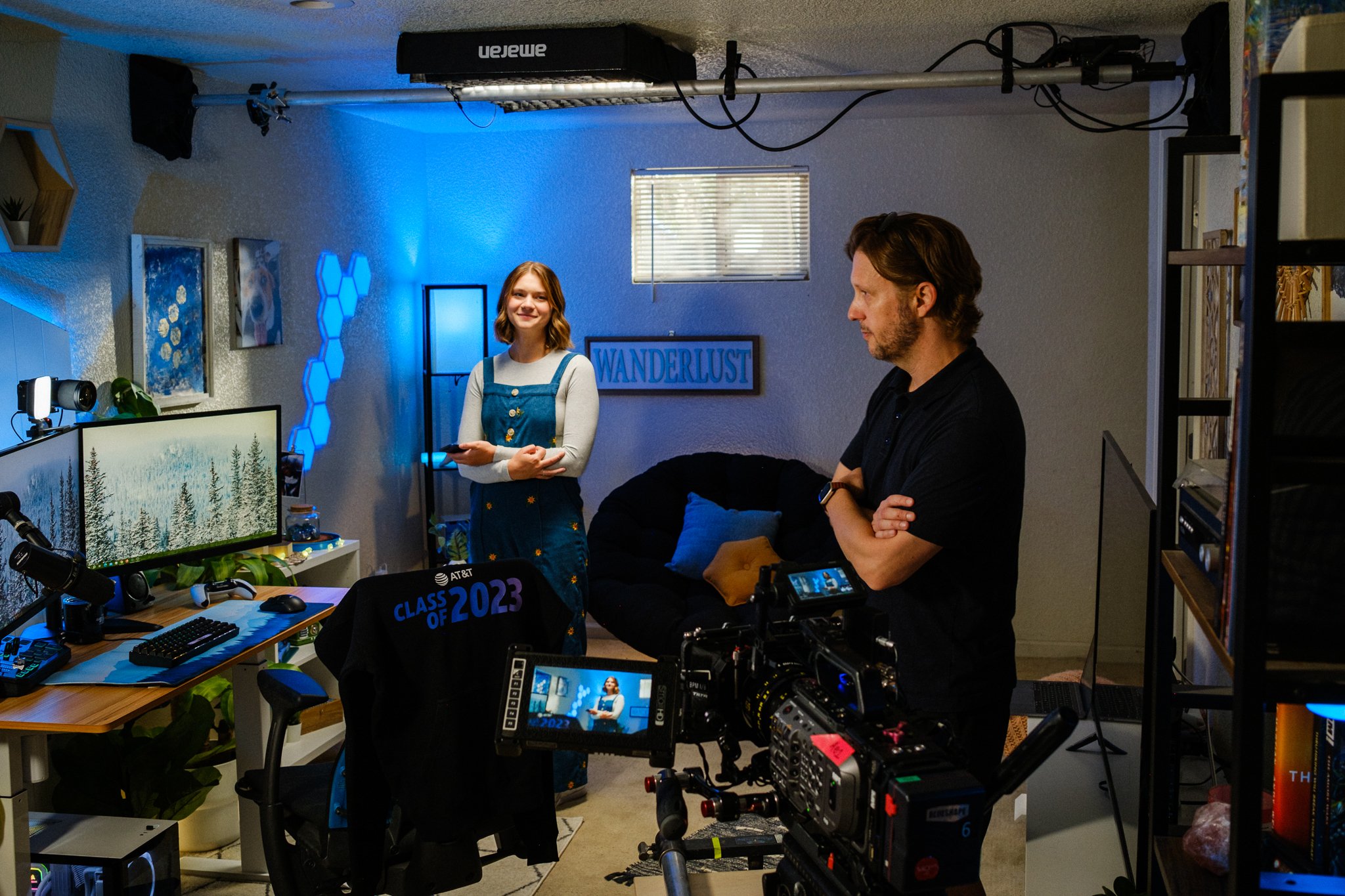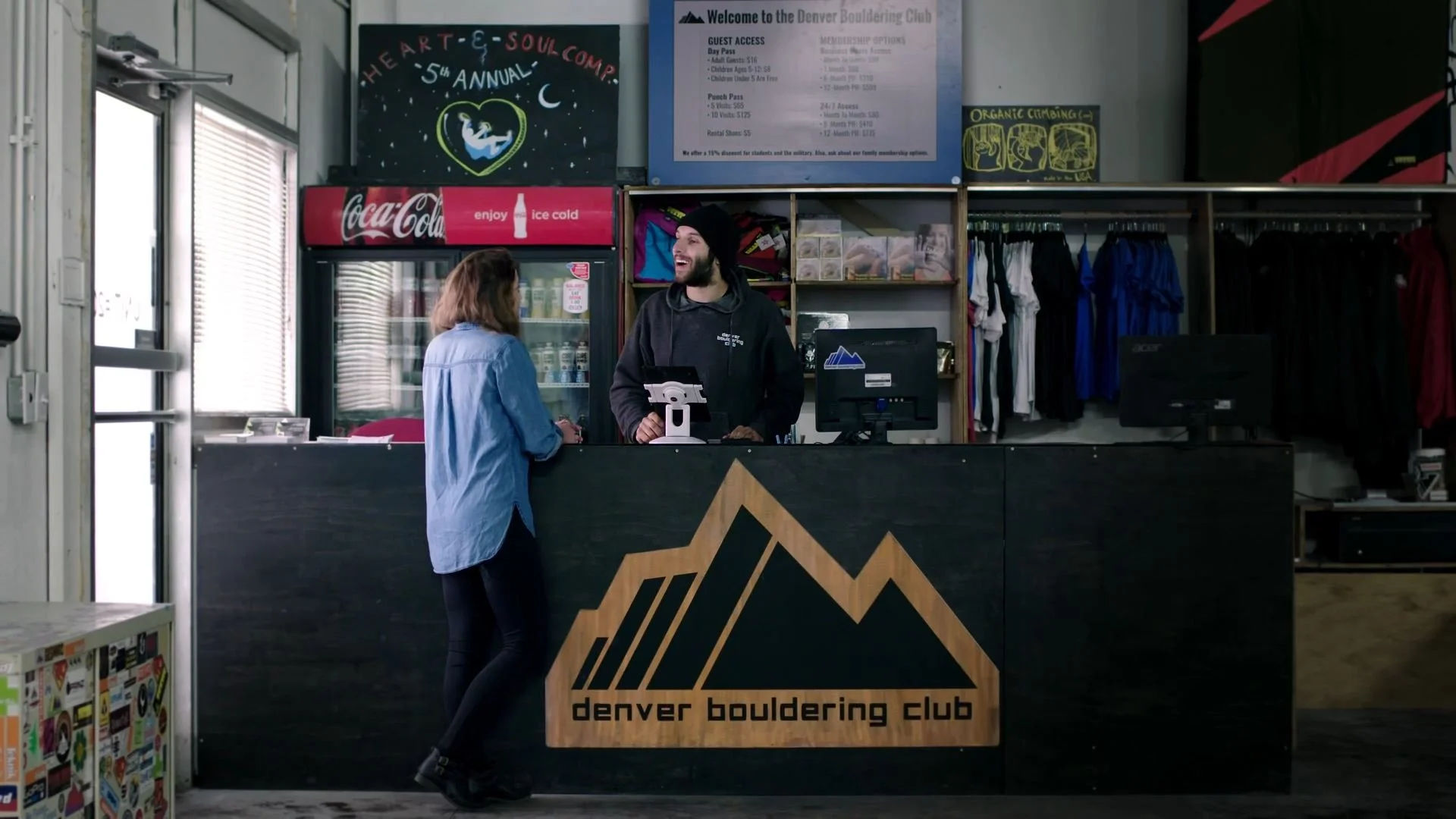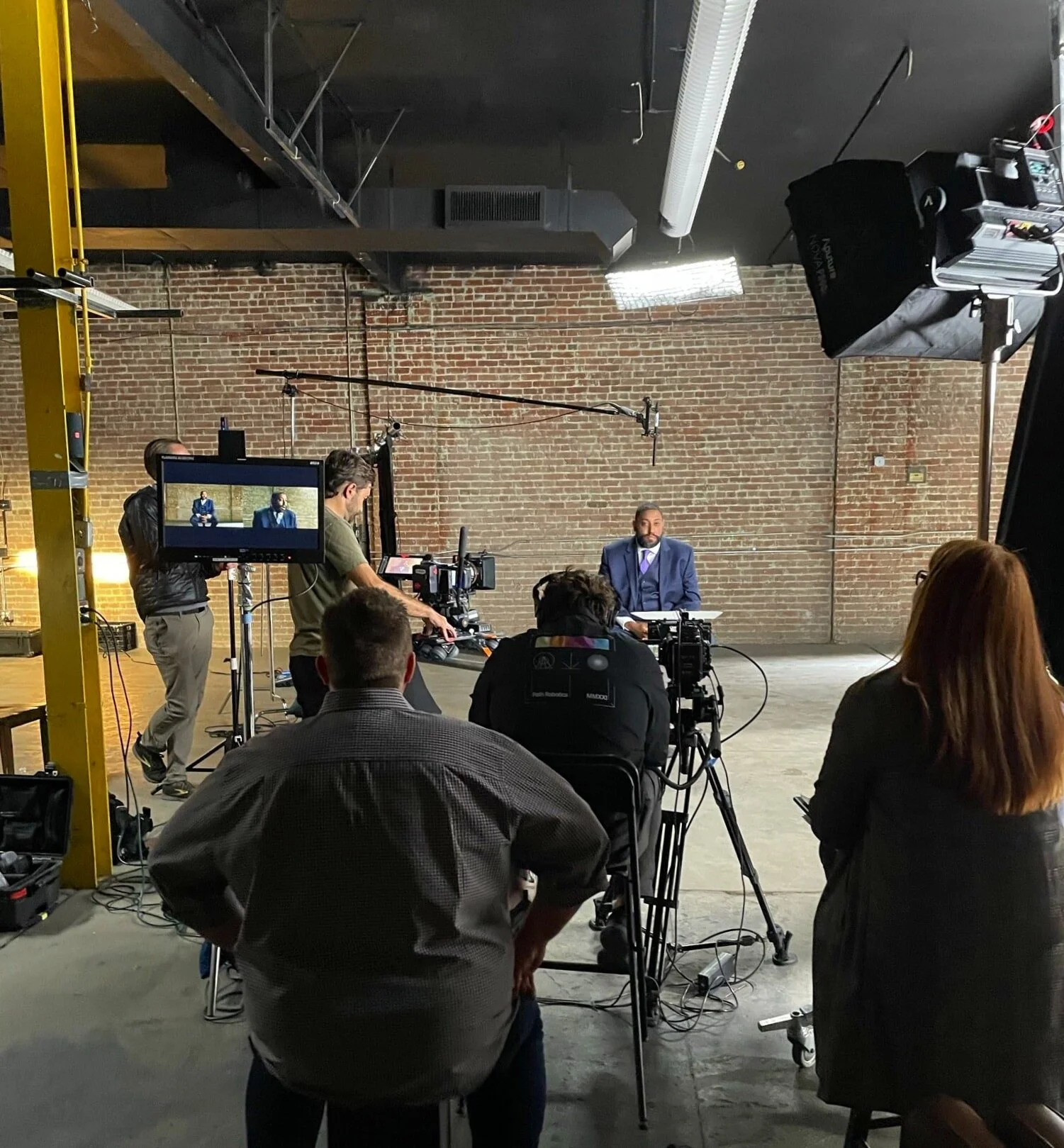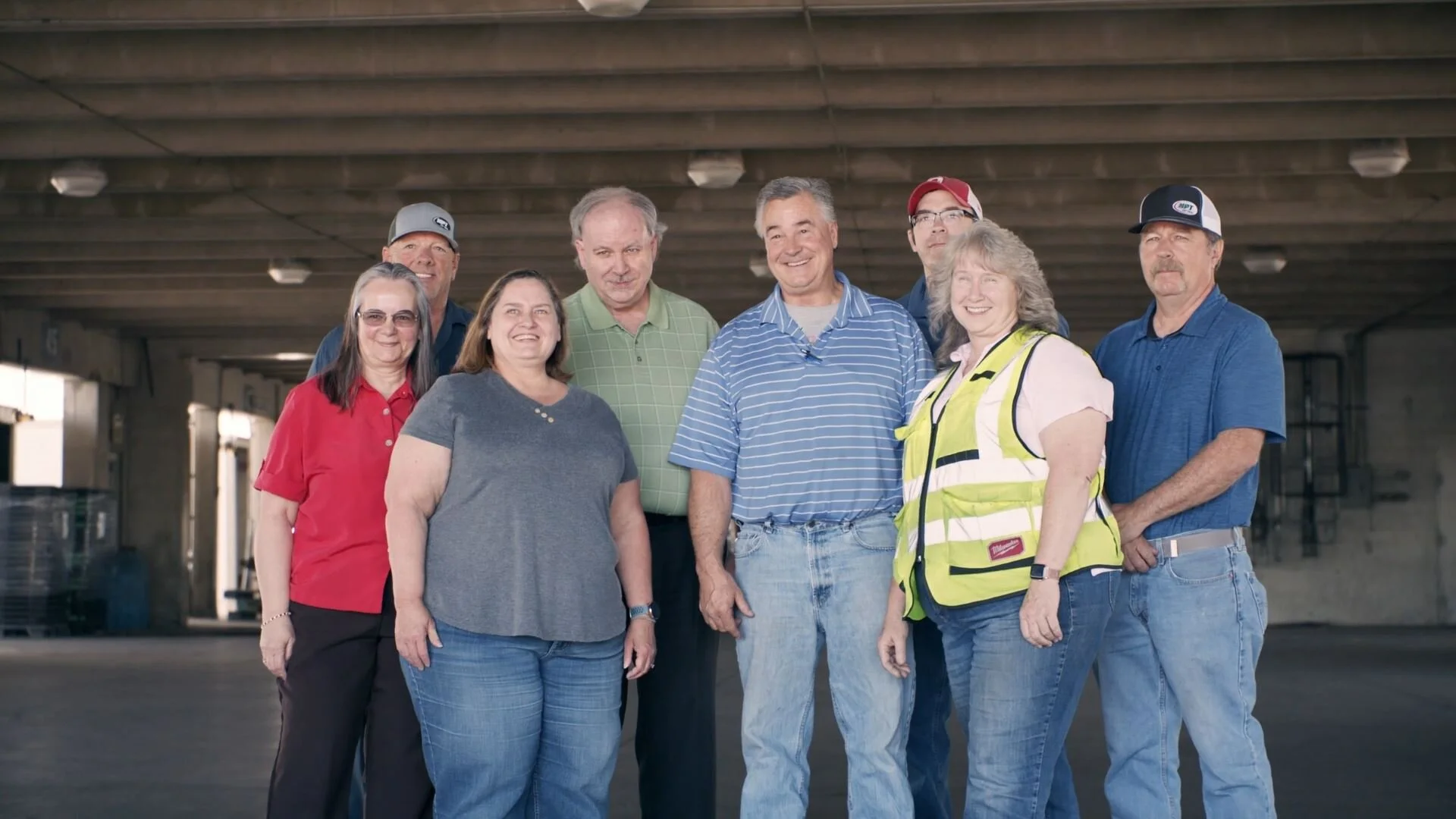3 Types of Product Videos that Every Company Needs
If your company sells a product or service, then your customers need to see these product videos from you.
Image Via: Noble Bison Productions’ Wyndly Ad
Certain products and services are best understood by consumers through a professional product video. They’re a quick, effective way to reach ideal customers and leave a lasting impression on them. Not only do the majority of consumers prefer to learn about a product or service through video, but nearly 85% of people say they’ve been convinced to purchase a product or service by watching a video.
But how do you create the type of videos that leave viewers intrigued by your products and interested in your brand? The driving forces behind producing quality product videos are to draw curiosity, immerse your viewers, and educate them. Your audience is left wanting to know more and, ultimately, wanting to try your product.
There are several types of product videos, and choosing the right one depends on a couple of things. Firstly, you need to pinpoint who your target audience is and decide the type of information you need to share. Usually, you can determine the type of video you need with these three questions:
Do you need to introduce your company and/or a product or service for the first time?
Do you need to share more details about the product’s novelty, versatility, quality, etc.?
Or, do you need to give customers step-by-step instructions on how to use your product/service?
Depending on what you need at this time, you’ll want to produce one of the following product videos:
3 Types of Product Videos:
Explainer Videos
Demonstration Videos
Tutorial Videos
Interestingly, these three types of videos follow the natural path of a customer: discovery, inquiry, and post-purchase. Let’s jump into a deeper explanation of each type of video, and you’ll see what I mean. And, although your video does not need to fit perfectly into one of these boxes, it will most likely take on the key aspects of one of them and focus on the specific target audience. That’s what we’ll dig into below.
1. Explainer Videos
(customer discovery)
Explainer videos are the number one type of video that companies create. Think of them as introductory videos, where the target viewer hasn’t heard of your product or perhaps even your company. They’re especially a great start if your company and/or product are new to the market. In these videos, you can share more about your brand story, the creation of the product, and why it’s being brought to market.
A great example of an explainer video is the one we produced for our client, Wyndly Health. They’re a start-up health company that has a deliverable product for those who suffer from allergies. Not only is the delivery service a new model for this product, but the product itself is something most of their ideal customers have never used before (or even knew existed).
In their explainer video, Wyndly Health’s co-owner explains their model and services, while also detailing how the product works. It was a great explainer that introduced both themselves and their product into the marketplace. Check it out below:
Video via: Wyndly Health
Ideal Length for Explainer Videos: Especially since these are introductory and intended for audiences who are unfamiliar with you and/or products, the goal is to keep these short and concise. Give the right amount of information to get your viewer interested but not too much that they click away. Generally, they’re about 30-60 seconds and up to 90 seconds.
Ask yourself + team:
What is your story?
Why did you start this company?
What’s new about your product?
How is it different?
Why should we care?
2. Demonstration Videos
(Customer Inquiry)
Demonstration videos specifically show your products in action and highlight how your product enhances their life. These are geared towards your ideal customer of whom you want to show all the goods! When demo videos are done well, it allows viewers to learn more about what it’s like to use your products or services in their everyday lives. You can think of them as a sort of “try before your buy” video.
Demonstration videos can be produced in a variety of ways. It’s primarily based on your own personal brand style, what the product is, and what’s most important for you to show your audience. For instance, sometimes animation is the best way to demonstrate software or laborious services. Or, as I used in my demonstration video guide, the Nintendo Switch is a great live-action demo video that shows real people using their product in all the many ways it was intended.
There’s often a bit of visual storytelling that weaves together great demos. The viewer is able to put themselves in the shoes of those in your video, which causes them to desire the product/service more. Check out the Nintendo Switch demo below. There isn’t any dialogue — just great visual stories showing off how versatile the product is for on-the-go gamers.
Video Via: Nintendo
Another great example of a demo video is the one we produced for Seagull Bags. In it, you can see the size versatility of the bag being used by their ideal customers. Check it out below:
Video Via: Noble Bison Productions for Seagull Bags
Ideal Length for Demonstration Videos: Demonstration videos tend to fall into traditional ads, so we like to see these in shorter forms. Generally, they run about 30-120 seconds. If you have a great production team, you can do a lot with this amount of time.
Ask yourself + team:
How can you show your ideal customers the ways in which your products/services improve their life?
What are the perks?
Are there downfalls or dangers to not purchasing your product?
What do your customers no longer have to worry about?
What does having your product look like?
3. Tutorial Videos
(Customer Purchase)
Tutorial videos are specifically step-by-step instructional videos that are intended for customers who already have your products. The key to these videos is to guide and educate your customers on how to use the product properly. These can look quite different depending on the product, as the length and information can vary due to the unique nature of how long it takes to educate the consumer on your product.
Tutorial and demonstration videos have a lot in common, but demos lean into advertisement whereas tutorials lean into educating people who already have the product. However, these two types of videos can blur the line and do both. This has happened to me plenty of times. Haven’t you ever watched a video on how to do something, and then was turned on to the product(s) being used in the video?
One example of a tutorial video that I really loved the approach of was the one below that was produced by Beauty Bakerie. The CEO and Founder, Cashmere Nicole, appears in front of the camera in the traditional style of a sit-down make-up tutorial on YouTube. The video doesn’t feel like an advertisement for the products, instead Cashmere talks to us like we’re close friends sharing make-up tips. What’s better than the CEO of the products themselves showing you how it’s done with her own personal pointers?
Video via: Beauty Bakerie
Ideal Length for Tutorial Videos: Tutorial videos are meant to educate, so the viewers tend to accept a longer-form video here. However, you still want to focus on it be interesting and to the point. Take your time to give the necessary information that your viewers need, but don’t drag out a tutorial that could be several minutes long.
Ask yourself + team:
What tips and tricks do you have to share with your consumers?
What type of FAQ about your products/services can you incorporate?
What is your personal experience with the product/service?
Final tips:
CALL TO ACTION (CTA):
CTAs are such an important part of product videos. When you create any content that refers to your products or services, you must always include a CTA. Tell the viewer exactly what action you want them to take after they’ve watched your videos and give them a link or button to take that specific action. Be direct and make it easy!
Give Us the Visuals:
All video content should focus more on showing than telling. But especially in product videos, the star of the show is the product. Consider how you can showcase 360-degree attractive visuals of the product. The better you can show off the product or service, the most effective the video will be. This is where quality video production becomes really important.
Quality Video Production:
As a video production company, we know the quality of a video can have different effects have on viewers (think: editing, lighting, sound, camera quality). Unfortunately, regardless of how amazing your products are, they are only as good as your videos. Viewers see you in the same light as the quality of your videos. When you create low-quality content, your products and services are seen as untrustworthy and cheap. On the contrary, a nicely produced video can convince consumers a crappy product is really nice.
The point is that any advertisement videos about your company, products, or services will always perform better when they're high-quality. I’m not saying that DIY video should be removed from your business marketing altogether, but we highly recommend hiring a video production company to produce your product videos. It’s worth the investment to ensure your viewers see you in a good light (pun intended).
To conclude,
Product videos are one of the most effective ways to ways to share your products or services with a large audience. There are three different types of product videos here, but sometimes their intentions can cross lines and accomplish more than you’d think. And finally, always use CTAs and don’t skimp on your video production! Continuously aim to represent your company and products/services with a high standard.
So, what do you think? What type of product video could your company benefit from the most right now? Our Noble Bison team is here if you have any questions about product videos, need help brainstorming, etc. Click the button below and drop us a line.
NOBLE BISON PRODUCTIONS
A DENVER VIDEO PRODUCTION COMPANY
BROADCAST COMMERCIALS - MUSIC VIDEOS - BRAND VIDEOS - FILMS - ANIMATION & MOTION GRAPHICS - DRONE FOOTAGE - BRAND VIDEOS - WEBSITE BANNERS - SOCIAL MEDIA VIDEOS - CORPORATE VIDEOS- DEMOS - EXPLAINERS
Have more time for reading? Check out these related blogs:
